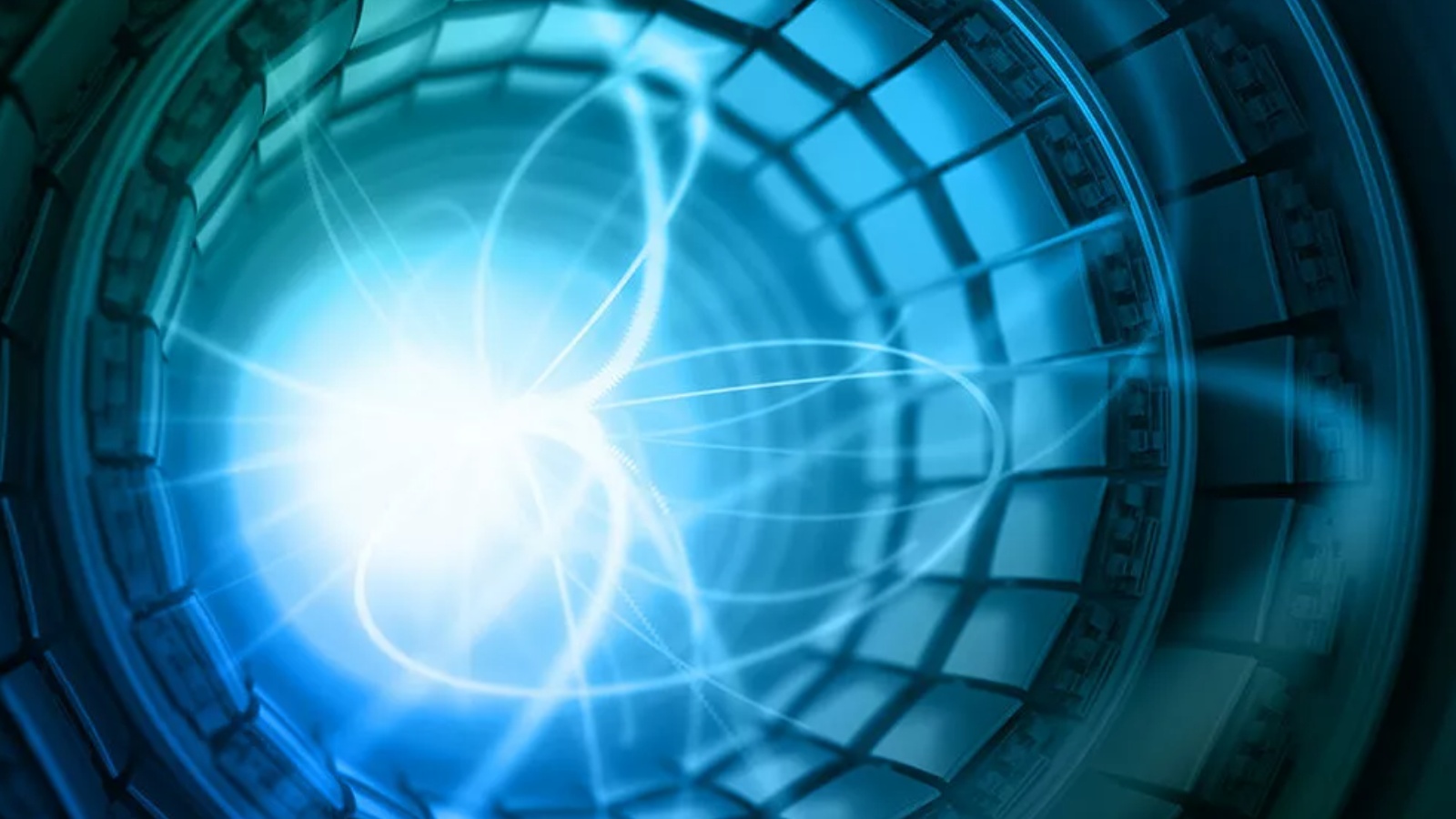Russian scientists created material to capture dark matter

Russian scientists have developed a hybrid material based on a plastic and the rare-earth metal gadolinium. The material itself has no radioactive background, but can detect and absorb extraneous radiation. These unique properties enable it to be used to build detector shells for detecting dark matter particles. The material is intended for the DarkSide 20K experiment, which is due to be launched in Italy in 2025-2026.
DarkSide is being carried out at the Gran Sasso National Laboratory in Assergi, Italy. Researchers here are trying to catch dark energy particles in huge target chambers filled with the inert gas argon. The scientists suggest that dark energy particles flying through such a trap could collide with argon atoms and scatter on them, revealing their presence as distinctive signals.
Scientists from the Mendeleev Russian Chemical Technology University, the Moscow Research Institute of Nuclear Physics, the Joint Institute for Nuclear Research, and the Belgorod State University proposed a hybrid material based on a polymethylmethacrylate better known as Plexiglas for the detector shell. This is an inexpensive and low-background material that also contains a large amount of hydrogen, whose atoms contribute to the capture of extraneous background neutrons. Another component of the hybrid material is the rare-earth metal gadolinium. It captures thermal neutrons better than other non-radioactive elements.
The researchers have produced pilot quantities of the new material and have shown that its purity is enough to make a dark matter detector body.